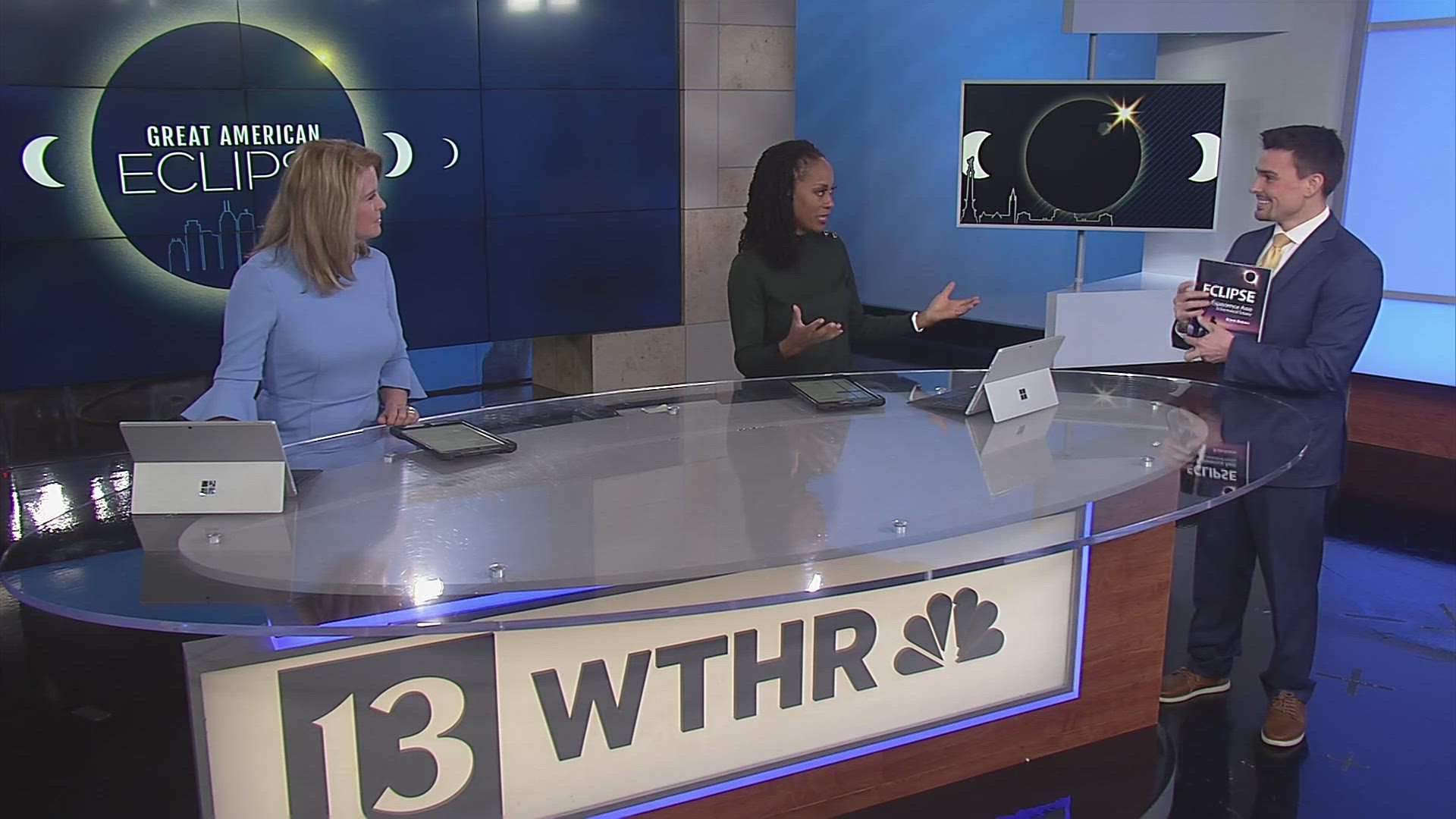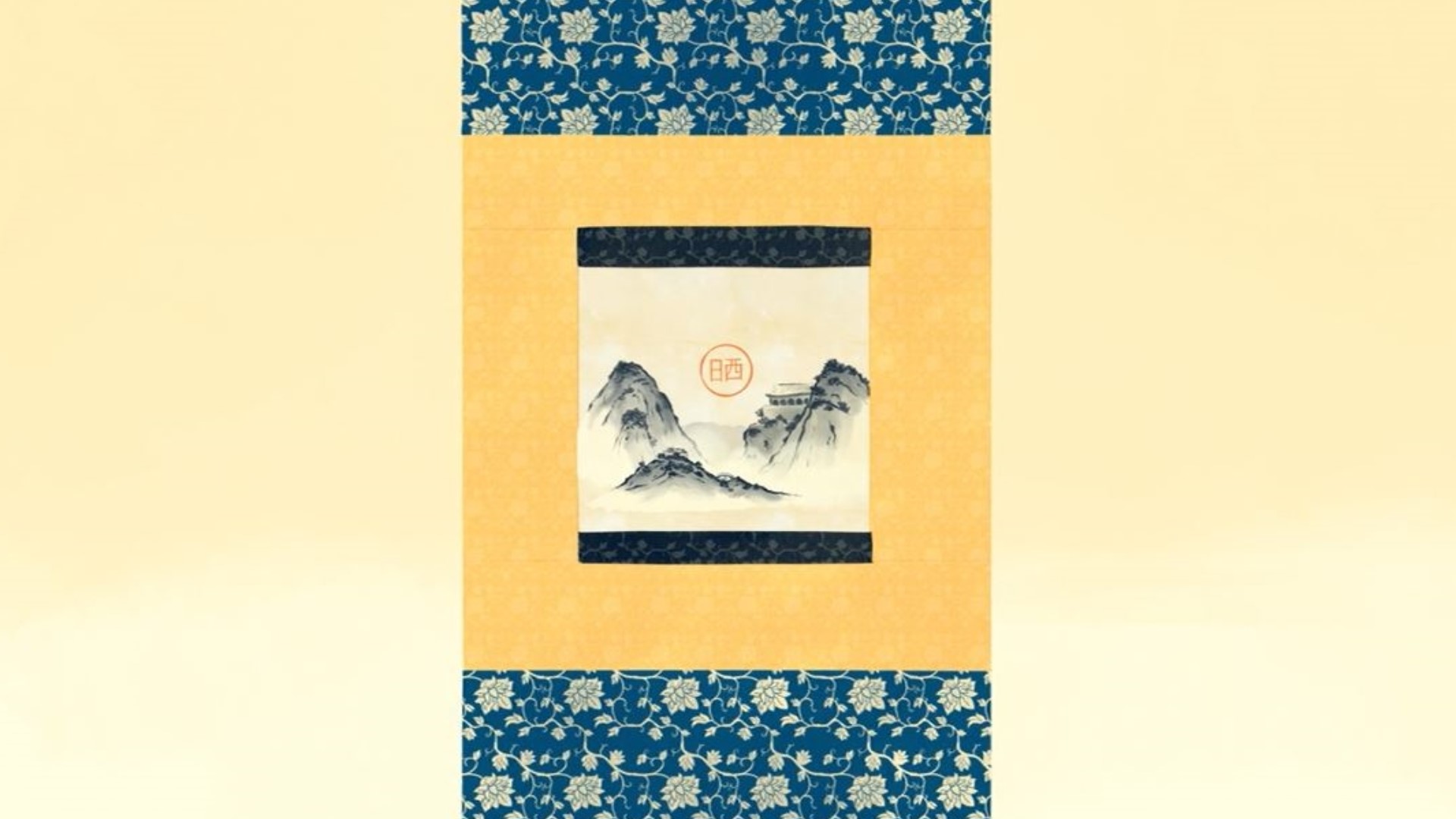INDIANA, USA — What a sight it must have been in ancient times to see a total solar or lunar eclipse. Over the centuries, astronomers were able to predict days of when eclipses would happen, and now in modern times, we can calculate it down to the yard and second.
Tap HERE to see who will see totality the longest in Indiana on Monday, April 8, 2024.
Many ancient civilizations saw total solar and lunar eclipses with fear. They didn't understand what was happening. They saw it as a possible negative sign from the gods or maybe dangerous mythical creatures were on the attack.
We spoke with Bryan Brewer, author of the must-read eclipse book "Eclipse: Experience Awe in the Path of Totality." He has been to six total solar eclipses across the world since 1979. Over the years, he has gathered information on the history, science, prediction and experience of eclipses.
Here's where and when Brewer has seen a total solar eclipse:
- 1979: Southern Washington, USA
- 1991: Hawai'i
- 1994: Brazil
- 1998: Caribbean
- 1999: Germany
- 2017: Sun Valley, Idaho
- ...planning to see it for 2024 as well!
In ancient China, the people thought an invisible dragon was eating the sun. In order to scare it away, Brewer talked about his research of the Chinese banging drums and pots and pans. Archers would shoot arrows into the sky. Moments later, the sun would reemerge. So it must have worked!
In the Middle East in the year 585 BC, the Lydians and Medes were in a five-year war. During battle, a total solar eclipse occurred and nations stopped fighting at once and forged a peace treaty.
There are a couple civilizations that weren't as fearful of the eclipse. For example, in Tahiti, the people thought the sun and moon were making love.
To read more about past civilizations and their eclipse thoughts, tap HERE.



